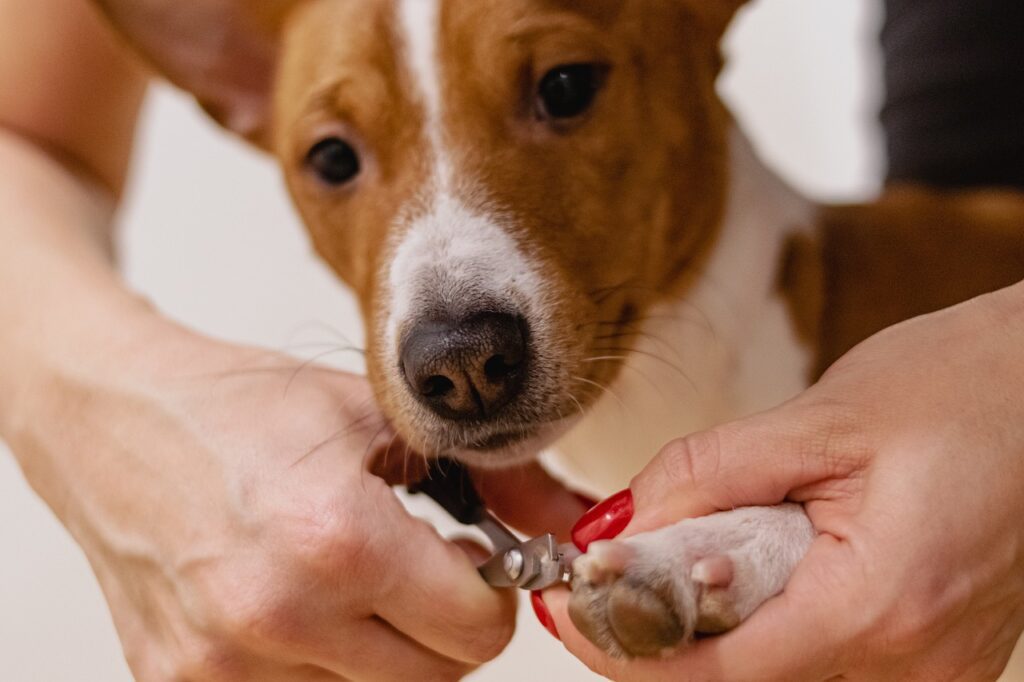
Grooming is an essential aspect of caring for your dog’s health and well-being, but determining how often to groom can be confusing for pet owners. Every dog is unique, with varying coat types, activity levels, and environmental factors influencing their grooming needs. In this guide, we’ll explore the question: How often should I groom my dog? Let’s uncover the factors to consider and create a customised grooming schedule tailored to your furry friend’s requirements.
Factors Influencing Grooming Frequency: Several factors play a role in determining how often your dog should be groomed:
- Coat Type: Dogs with long, dense coats may require more frequent grooming to prevent matting, tangles, and debris accumulation. Conversely, short-haired breeds may need less frequent grooming but still benefit from regular brushing to remove loose hair and distribute natural oils.
- Activity Level: Active dogs that spend a lot of time outdoors may accumulate dirt, mud, and debris in their coat more quickly, necessitating more frequent grooming sessions. Indoor dogs or those with lower activity levels may require less frequent grooming but still benefit from regular maintenance.
- Seasonal Changes: Dogs may experience fluctuations in their grooming needs based on seasonal changes. For example, dogs with double coats may shed more heavily during certain seasons, requiring increased grooming to manage shedding and prevent matting.
- Skin and Coat Health: Monitoring your dog’s skin and coat health is essential in determining grooming frequency. Dogs with skin conditions or allergies may require specialized grooming products or more frequent bathing to alleviate symptoms and maintain skin health.
Creating a Personalized Grooming Schedule: Based on the factors mentioned above, you can create a personalized grooming schedule tailored to your dog’s specific needs:
- Daily Maintenance: All dogs benefit from daily brushing to remove loose hair, prevent mats, and distribute natural oils for a healthy coat. Spend a few minutes each day brushing your dog’s coat using a suitable brush or comb.
- Weekly Grooming: Schedule weekly grooming sessions to address additional grooming needs, such as nail trimming, ear cleaning, and teeth brushing. Regular maintenance helps prevent dental issues, ear infections, and overgrown nails.
- Monthly Baths: Bathe your dog on a monthly basis or as needed, using a gentle, dog-specific shampoo to avoid stripping natural oils from their coat. Adjust the frequency based on your dog’s activity level, coat type, and skin health.
Conclusion: Determining how often to groom your dog requires careful consideration of various factors, including coat type, activity level, and skin health. By creating a personalized grooming schedule tailored to your dog’s individual needs, you can ensure they remain clean, comfortable, and healthy. Regular grooming not only enhances your dog’s appearance but also strengthens the bond between you and your beloved canine companion.
